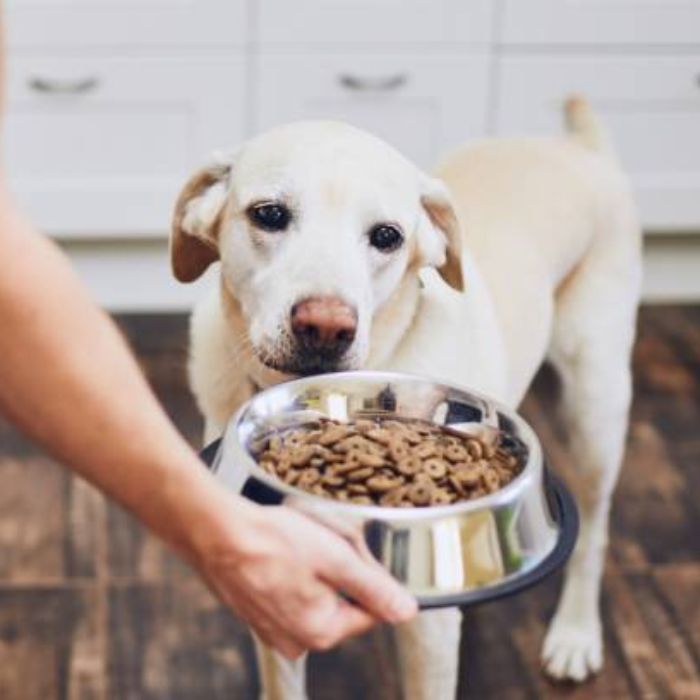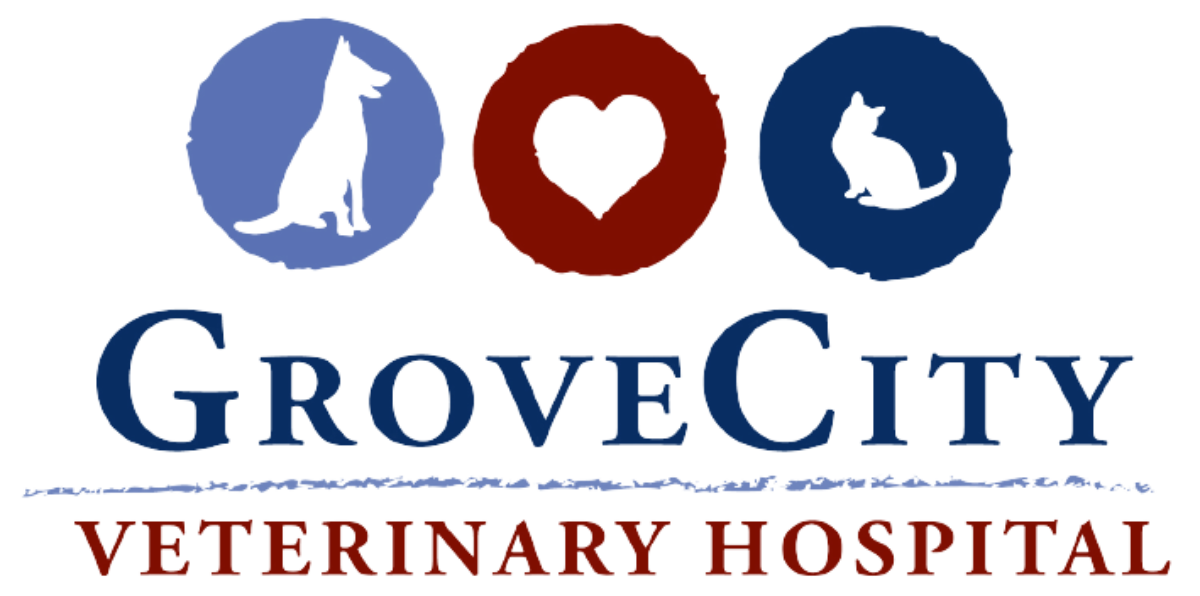Pet Nutrition
At our practice, we recognize the vital role that nutrition plays in your pet’s health and offer expert guidance on the best dietary options for your animal companion.

Nutritional Counseling
Good Nutrition is Key!
Good nutrition plays an important role in your pet’s health. With all of the commercial pet food diets that are available today, it can be difficult to decide which type and/or brand is the best for your pet. There are diets not only for each stage of a pet’s life but also for certain nutritional situations. Many diseases (i.e. allergies, diabetes, liver and kidney problems) can be managed with special diets. There are also special diets available for pets that may need to drop a few pounds to get back to their ideal weight.
How Much Should I Feed My Pet?
Regardless of which brand of food is fed, it is better to measure out the correct amount of food and to establish set mealtimes. Most bags of dry food are labeled with feeding guidelines based on the pet’s weight. Remember, these are guidelines only. Your pet’s individual nutritional needs may vary based on other factors such as activity level or underlying health condition.. These guidelines are per day, so the amount should be divided between the morning and evening feedings. When feeding very young puppies or kittens, three feedings per day are recommended to help prevent low blood sugar levels. If you have questions about how much to feed your pet, ask us! We can help calculate exactly how much food your pet should be eating for optimal health.
Do I Feed Dry or Canned Foods to My Pet?
We have always thought that feeding dry food was best for pets’ dental health, but we are beginning to understand that the moisture content of the diet does not always matter when it comes to dental health.. Many pets just have poor genetics for dental health and may have dental problems regardless of eating canned or dry foods. Also, many cats do not even chew their food well at all, so feeding them dry food would not matter. Chewing on dry food seems to help a dog’s teeth more than a cat’s teeth.
In fact, for many, if not all cats, we are recommending feeding canned low-carb cat food. The reason behind this is that cats are hunters; they are meat-eaters. Dry food, in the way that it is made, contains a moderately high amount of carbohydrates. Cats do not know how to process these carbohydrates, and therefore, we see a lot of indoor cats on dry food that are overweight or have problems like urinary tract disease or diabetes. For the majority of healthy cats, we want food with less than 6% carbohydrates. Many canned foods fit this bill perfectly!
Please call us if you have any questions regarding your pet’s diet.
Which Treats Are Good for My Pet?
Many owners enjoy giving treats to their pets, but it is important to know what constitutes a good treat. Inappropriate treats can cause serious health problems and can even be fatal in some instances. Chocolate contains a toxic ingredient and should never be given to your pet. Other treats that can cause problems are grapes, raisins, and onions.
Too many treats can cause obesity in pets, which in turn leads to other health problems. Carrots or green beans are two good alternatives to the usual dog biscuits. Not only do these vegetables have lots of vitamins, they are also low in calories.
As many owners know, most pets love table scraps. Unfortunately, there are many reasons why you shouldn’t feed table scraps to your pet. Most human food is high in salt, fat, and sugar, which not only can lead to weight gain but also can upset your pet’s stomach. There is also the possibility that the usual diet will be refused as your pet holds out for the tastier human food.
Also, many pet owners have come to really enjoy giving their pets Busy Bones or Jum Bones treats in addition to their pet’s normal meals. What they may not realize is that these bones have as many calories as their pet should get in an entire day! As a general rule, treats and extras should take up no more than 10% of your pet’s overall caloric intake. If you have questions, just ask us!
How Do I Move My Pet to a New Brand of Food?
One point to remember when deciding to change from one brand of food to another, it’s important to do it slowly. Rapidly switching foods can lead to an upset stomach and diarrhea. To prevent this, start by adding a small amount of the new food to your pet’s current diet. Over the course of a week, gradually increase the amount of the new diet while decreasing the old diet. This should help prevent any problems.
For more information on nutrition, check out these other websites:
AAHA’s Pet Care and Hill’s Pet Nutrition.
If you have any questions regarding your pet’s nutritional needs, we are here to help you decide which diet is right for your pet.
